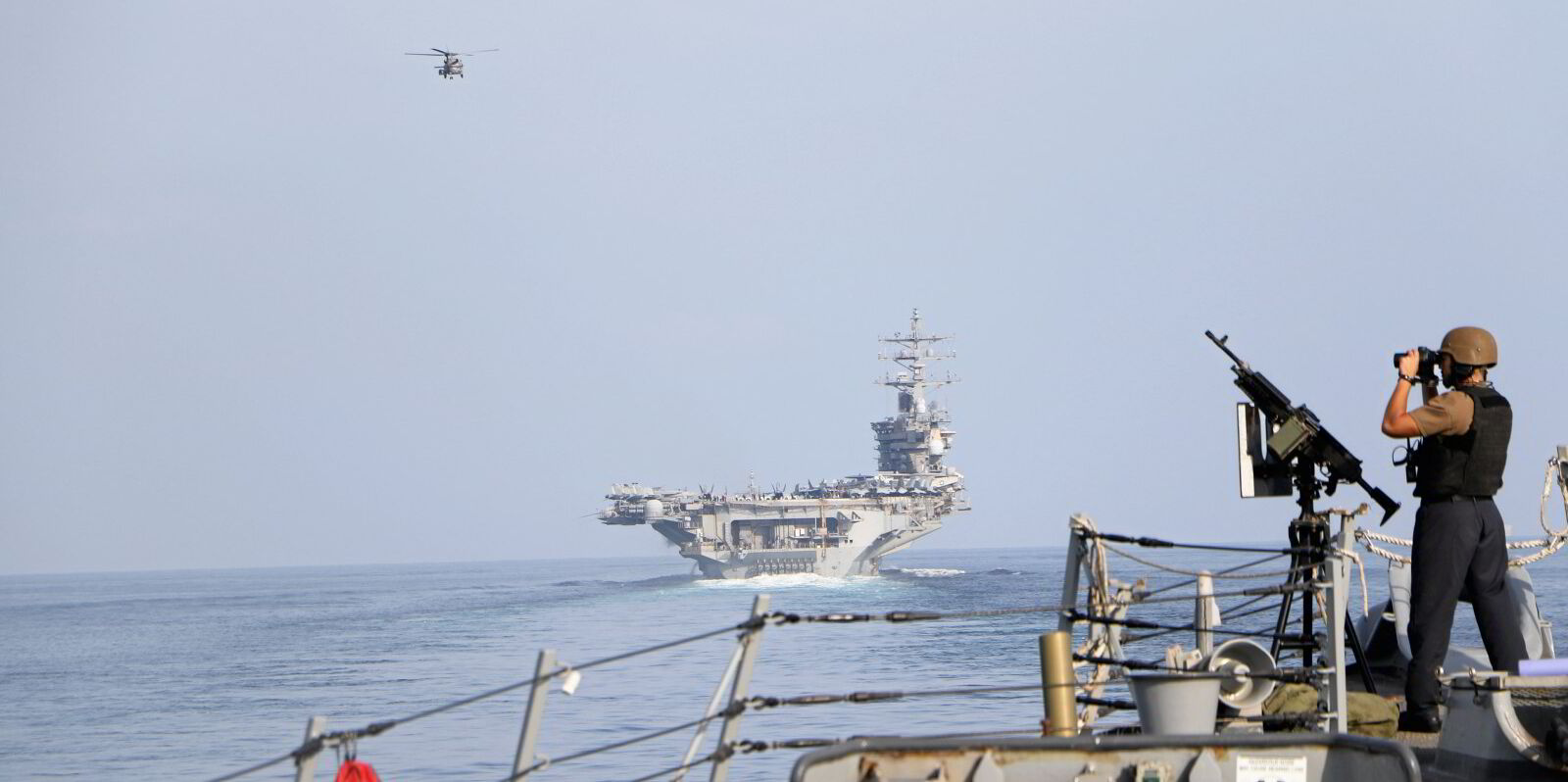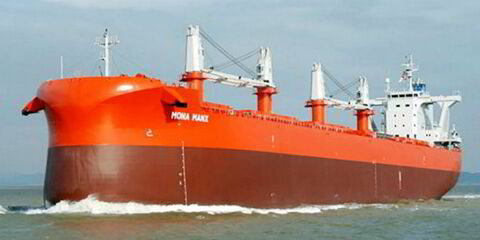Israel is reportedly looking to attack Iranian military targets, not oil facilities.
During a call last week, Israeli Prime Minister Benjamin Netanyahu told US President Joe Biden that the planned counterattack would avoid oil and nuclear facilities, according to a report by The Washington Post, avoiding a more sweeping assault that could lead to a larger conflict.
The expected strike from Israel — retaliation for a massive Iranian missile barrage on 1 October that was itself retaliation for Israeli attacks in Lebanon — had put tanker markets on edge.
The attacks initially sent suezmax and aframax rates skyward, with more muted growth for VLCCs, as shipping braced for a full-scale war between the two countries or even the closure of the Strait of Hormuz.
Either move would send oil prices higher, touch off a scramble for oil and boost tanker rates, Poten & Partners said shortly after the attack but it cautioned that a closure of the Strait of Hormuz would be negative for earnings.
In the immediate aftermath of the 1 October attack, the National Iranian Tanker Co sent vessels away from the Kharg Island oil terminal over fears that it could be targeted.
But last week, vessels began returning to the island and two VLCCs loaded. The move was identified by TankerTrackers head Samir Madani as Iran shifting into “risk-off mode”.
The Washington Post report said the Israel attack would happen before the 5 November elections in the US, and Israel was apparently aware that its actions could affect American politics.
The attack would have to come sooner rather than later. Israeli officials are reportedly concerned that lack of prompt action would be considered a sign of weakness, on top of public demands for a response.
Following the attacks, aframax tankers had the greatest rally: rates shot up more than 87% to $43,021 per day in three days, according to the Baltic Exchange. Suezmaxes leapt nearly 54% to $37,249 per day.
But both asset classes moderated relatively quickly in the days since.
On Monday, aframax rates fell $739 to $38,137 per day, while suezmaxes gained back some of their initial declines to finish at $36,772 per day.





